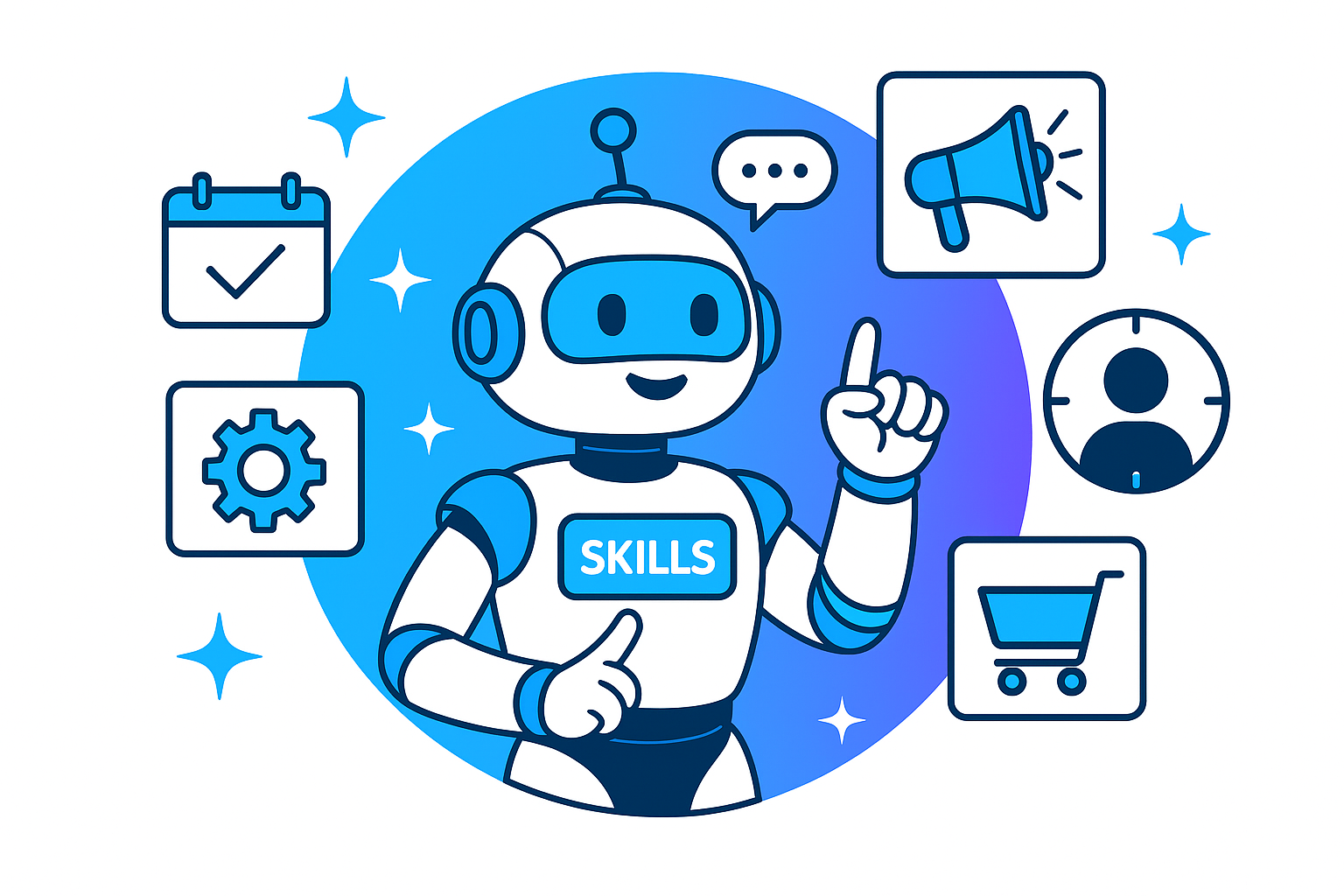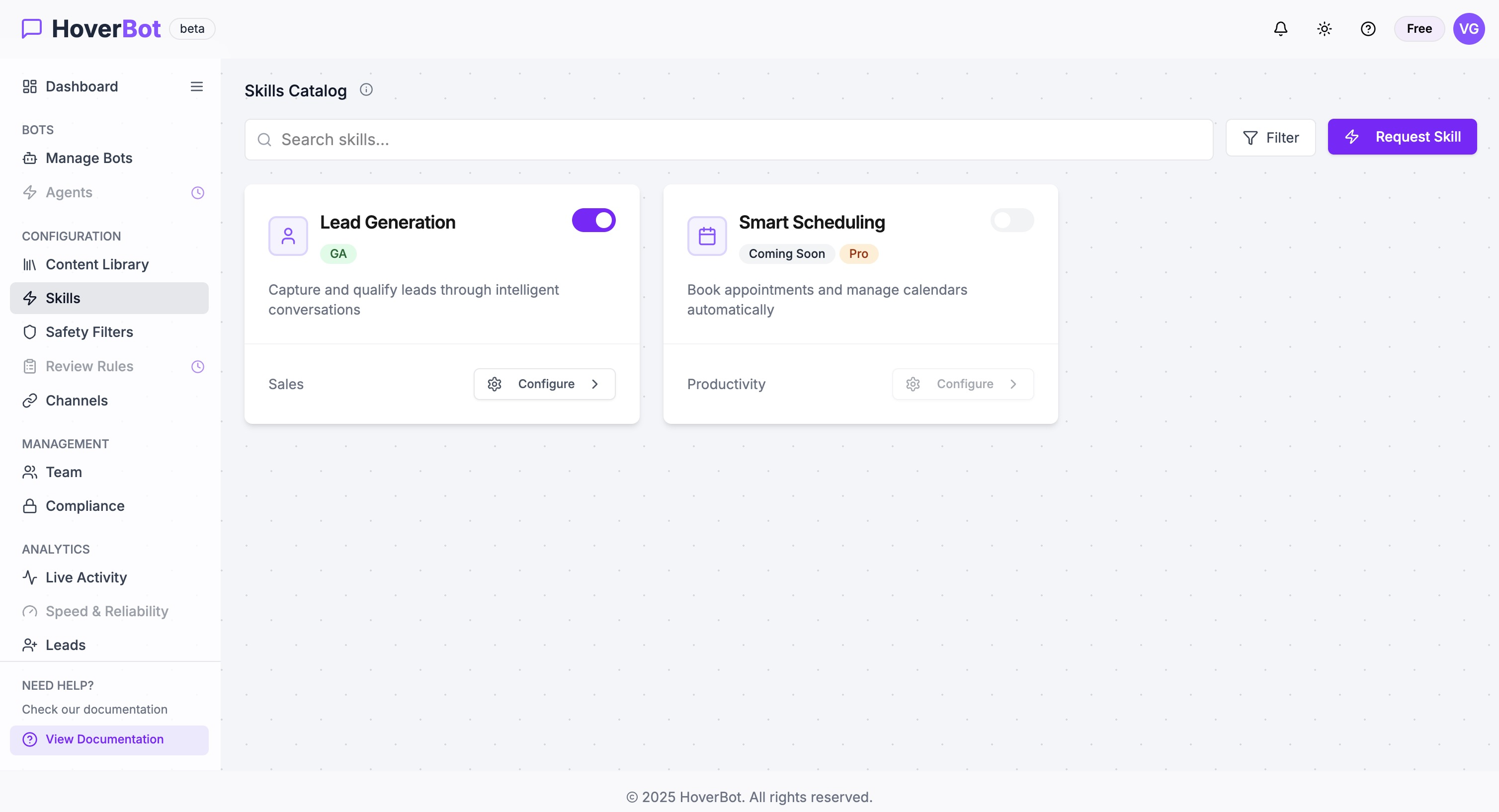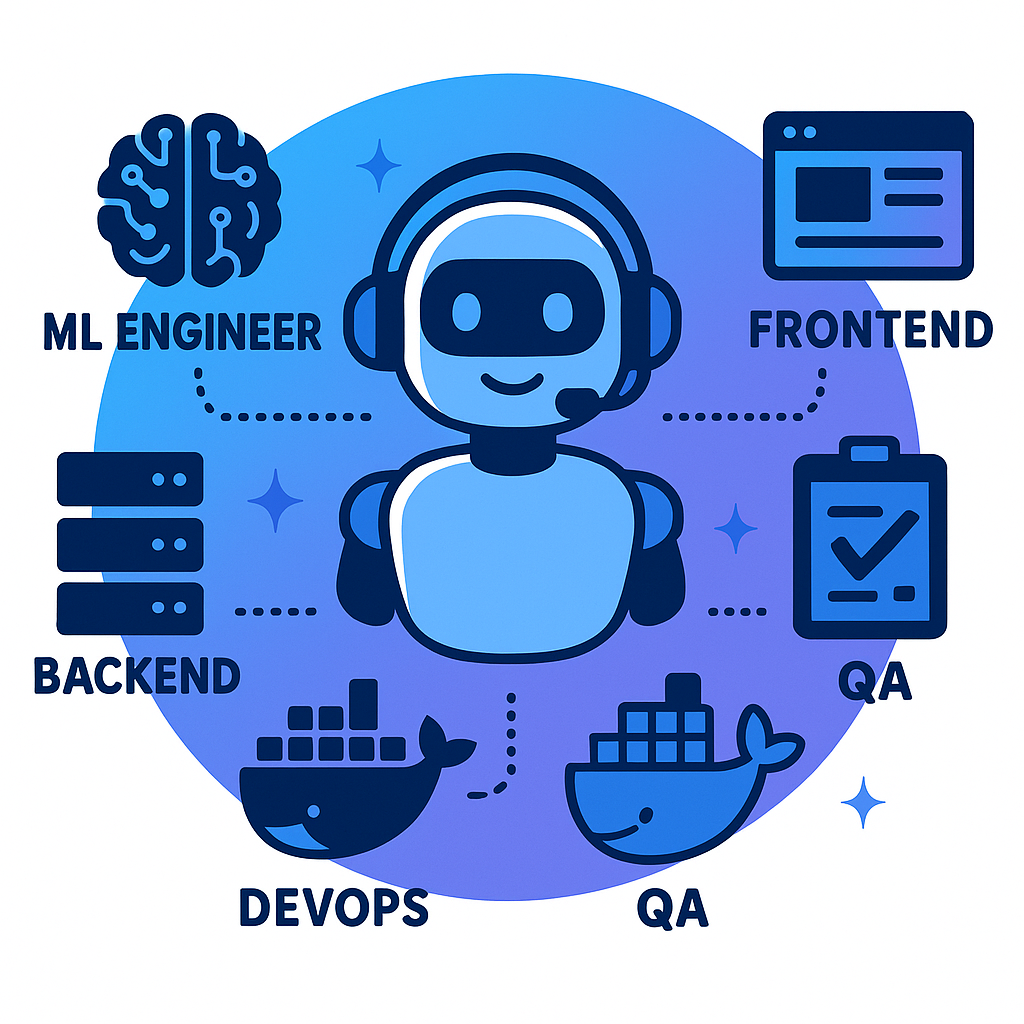HoverBot Skills Framework – Making Chatbots Smarter for Specific Use Cases

In 2025, just having a "smart" text based chatbot is not enough.
Businesses are no longer impressed by bots that can answer FAQs. They want AI that understands context, adapts in real time, and supports their unique goals.
That is where the HoverBot Skills Framework comes in.
Why a One Size Fits All Chatbot Falls Short
This year, we have seen a shift. Our clients come to us with highly specific requests that go far beyond answering customer questions.
A retail client wanted the chatbot to automatically send a pre designed promotional image when a certain keyword or conversation trigger was detected. This essentially turned the bot into a dynamic marketing assistant.
A service provider wanted the chatbot to detect buying intent in real time and adjust the flow accordingly. When a visitor showed strong purchase interest, the chatbot could guide them directly to booking or capture their contact details for follow up. This lead detection ensured opportunities were acted on immediately without relying on the visitor to take the next step themselves.
These are things a generic out of the box chatbot simply cannot handle without heavy customization.
What is a Chatbot Skill?
Think of a chatbot skill as a plugin, a modular feature that upgrades your chatbot's default behavior.
Instead of a static question and answer bot, you get a responsive, action oriented assistant that can interact with your customers in more intelligent and targeted ways.
In HoverBot, skills come in two types:
- Public Skills, available to all chatbots on the platform such as lead generation, calendar integration, and feedback collection.
- Custom Client Skills, built specifically for one client's workflows, branding, and customer journey.

Example: The Lead Generation Skill
Let us take lead generation, a common need for most businesses.
Imagine you have a chatbot on your website. It is helpful, it answers questions, but you still do not know which visitors are serious buyers.
With our Lead Generation Skill activated:
- The chatbot monitors conversation tone and intent using sentiment analysis and keyword detection.
- When it senses genuine interest, it asks for key details such as name, email, or phone number.
- The client can add custom fields, but we recommend keeping it short and frictionless because long forms send people away.
- The collected information is automatically pushed into the CRM, creating a qualified lead ready for the sales team to follow up.
The best part is that this happens naturally during the conversation with no clunky pop ups or extra steps for the user.
Why We Recommend Fewer Targeted Skills
It is tempting to load your chatbot with every skill imaginable. But in our experience, that can backfire.
Too many skills can:
- Complicate conversation flows
- Slow down response times
- Increase the risk of incorrect triggers
Instead, we recommend choosing a small set of high impact skills tailored to your specific goals. For example:
- A B2B SaaS company might use Lead Generation and Demo Scheduling
- An e commerce brand might use Promotional Campaigns and Abandoned Cart Recovery
- A service provider might use Sentiment Based Escalation and Feedback Collection
This focus ensures your chatbot stays fast, relevant, and reliable, more like a trained agent than a generic answering machine.
The Bottom Line
The HoverBot Skills Framework lets you design a chatbot that does not just talk, it acts.
By layering the right skills, you create an assistant that:
- Delivers richer, more personalized interactions
- Fits seamlessly into your business processes
- Provides you with actionable insights on customer behavior
The result is a chatbot that feels purpose built for your audience and one that drives measurable outcomes, not just conversations.
Share this article
Related Articles

Handling PII Data in Customer-Facing AI Chatbots
Learn how HoverBot's two-stage ML workflow protects personal data while preserving context and ensuring compliance with GDPR and PDPA.

Six Months with AI Agents as Our Development Team
How we handed HoverBot's repo to AI agents and transformed our engineering workflow with specialized ML, backend, frontend, DevOps, and QA agents.